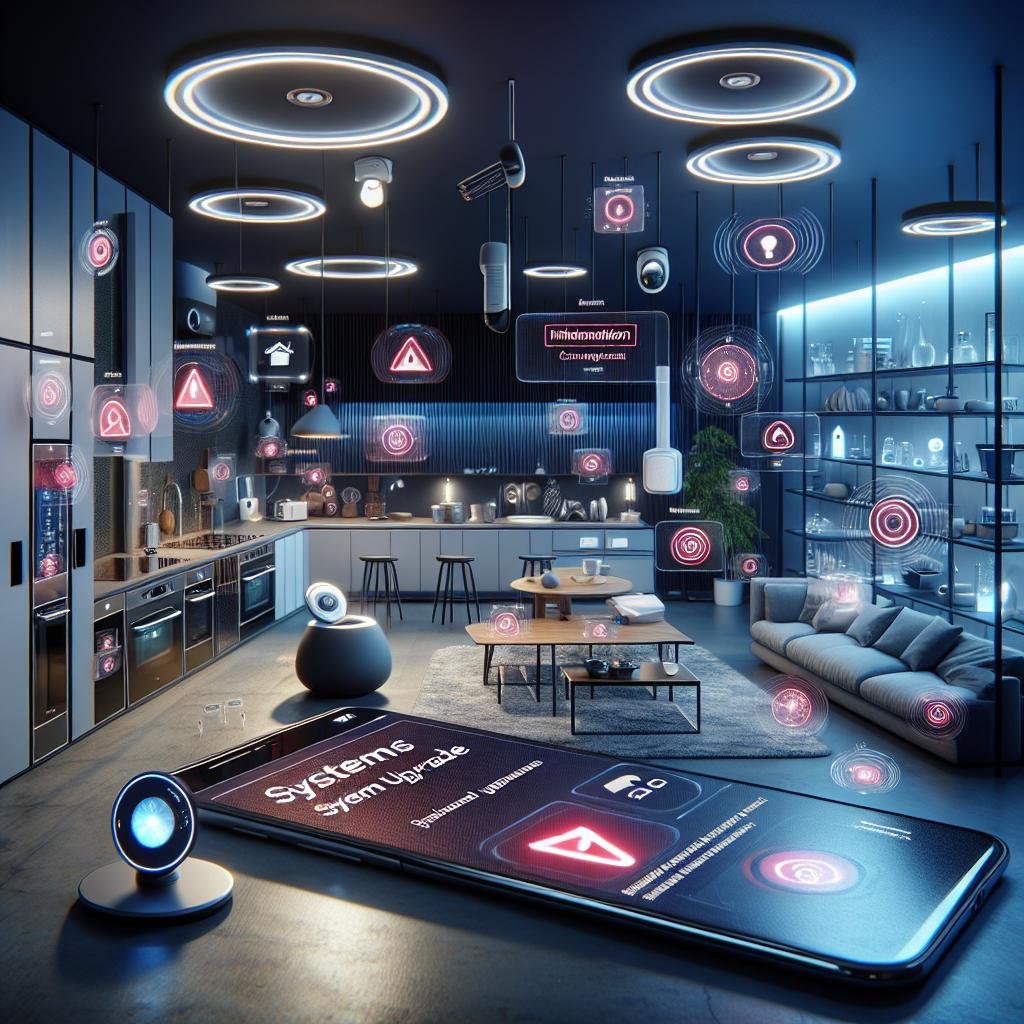
Is Your Smart Home at Risk? Why iPhone Users Need to Act Fast
As smart homes become more common, our phones are turning into the remote controls for our lights, thermostats, cameras, and more. But if you’re an Apple user, there’s an important update you can’t afford to ignore. Apple will soon roll out changes that could quietly disable key smart home functions on older iPhones.
For anyone invested in home automation — whether you’re a beginner or a seasoned smart tech enthusiast — staying updated is crucial. Here’s what you need to know.
Why Is This iPhone Update So Important?
Apple is introducing a mandatory update that removes five key features tied to the Home architecture in iOS. Surprisingly, this change won’t come in the form of a traditional update via the App Store — instead, it’s being implemented in the backend of Apple’s iCloud services. That means you won’t see or accept the update — it just happens.
When Does the Change Happen?
Apple has confirmed that this forced update will go live starting early June 2024. Once rolled out, the removal of these features will be automatic and irreversible unless you use a device running the latest iOS versions.
Which Smart Home Features Are Affected?
Apple is phasing out a set of formerly supported features that impact users who haven’t transitioned to the new Apple Home architecture. Here are the five functions you could lose:
- Sharing Home Access with Older iOS Users: You will no longer be able to share smart home control with users who haven’t upgraded to the latest iPhones or iPads.
- HomeKit Notifications: Some notifications (like motion alarms or door sensor activity) from HomeKit devices may stop working properly.
- Remote Control Access: If someone in your household uses an older device, remote home control may fail.
- Automation Triggers: Automations linked to outdated settings or shared accounts might not function.
- Compatibility with Older Devices: Devices using the legacy Home app architecture may experience limited functionality or stop working altogether.
Which iPhones Are Affected?
This update impacts users still relying on devices that haven’t installed iOS 16.4 or later. In particular:
- iPhone models not updated to iOS 16.4+
- iPads or Macs running older operating systems that interact with the Home app
- Users who haven’t upgraded their Apple Home architecture
To minimize disruptions, you’ll need to ensure all your household Apple devices — not just your iPhone — are up to date. A single outdated iPad being used as a hub can disable functions across your network.
How to Protect Your Smart Home Setup
Don’t let an automatic Apple update jeopardize your smart security cameras, thermostats, or lighting systems. Take these easy steps to maintain full functionality:
1. Update All Your Apple Devices
Make sure every iPhone, iPad, Mac, and HomePod used with your smart home setup is running the latest software. This ensures compatibility with the new Home architecture.
2. Upgrade to the New Apple Home Architecture
Apple offers a redesigned Home experience focused on more reliable performance. While optional for now, upgrading is strongly encouraged if you rely on Apple for your smart home automation needs.
3. Verify Device Compatibility
Check that your HomeKit-compatible devices (like smart locks, garage openers, or smart lights) are fully supported under the new infrastructure. Manufacturers are continuing to release firmware updates that boost compatibility.
4. Adjust or Recreate Automations
Some automations may need to be recreated from scratch if they relied on older architecture settings or shared-with-family access points. Review your Home app frequently to ensure they operate as expected.
What This Means for Smart Home Enthusiasts
Apple’s silent shift in HomeKit infrastructure is a wake-up call. If you’ve invested time and money into building a seamless, intuitive smart home powered by iPhones and iPads, staying proactive is now non-negotiable.
While this shift may appear subtle, the impact on daily routines and home security could be serious. Delayed notifications, broken automations, or access denial to family members could expose your home to vulnerabilities you weren’t expecting.
Conclusion: Stay Ahead of Smart Home Changes
The smart home landscape is evolving rapidly — and Apple’s latest update proves that staying current is more than a convenience, it’s a necessity. Don’t wait for these essential features to quietly vanish.
Upgrade your iOS devices, enable the new Home architecture, and future-proof your home setup.
Looking to expand your smart environment? Check out our curated guides on the best smart thermostats, lighting systems, and security cameras that are fully Apple HomeKit compatible. Stay in control of your connected living — with every tap and swipe.